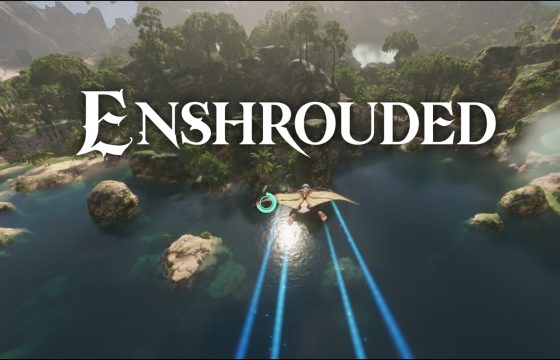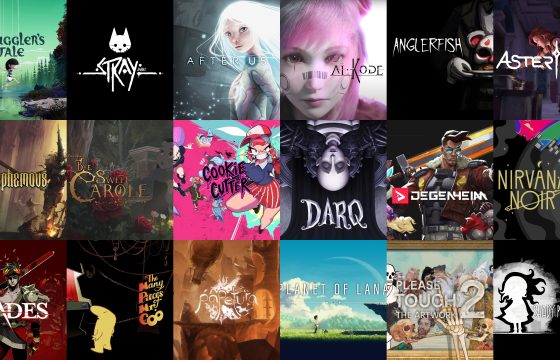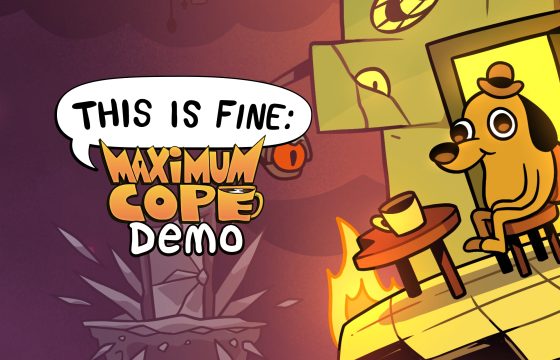Can the Middle Ages be Punk? Reignbreaker clearly demonstrates that they can, featuring an intriguing and thoughtfully crafted concept.
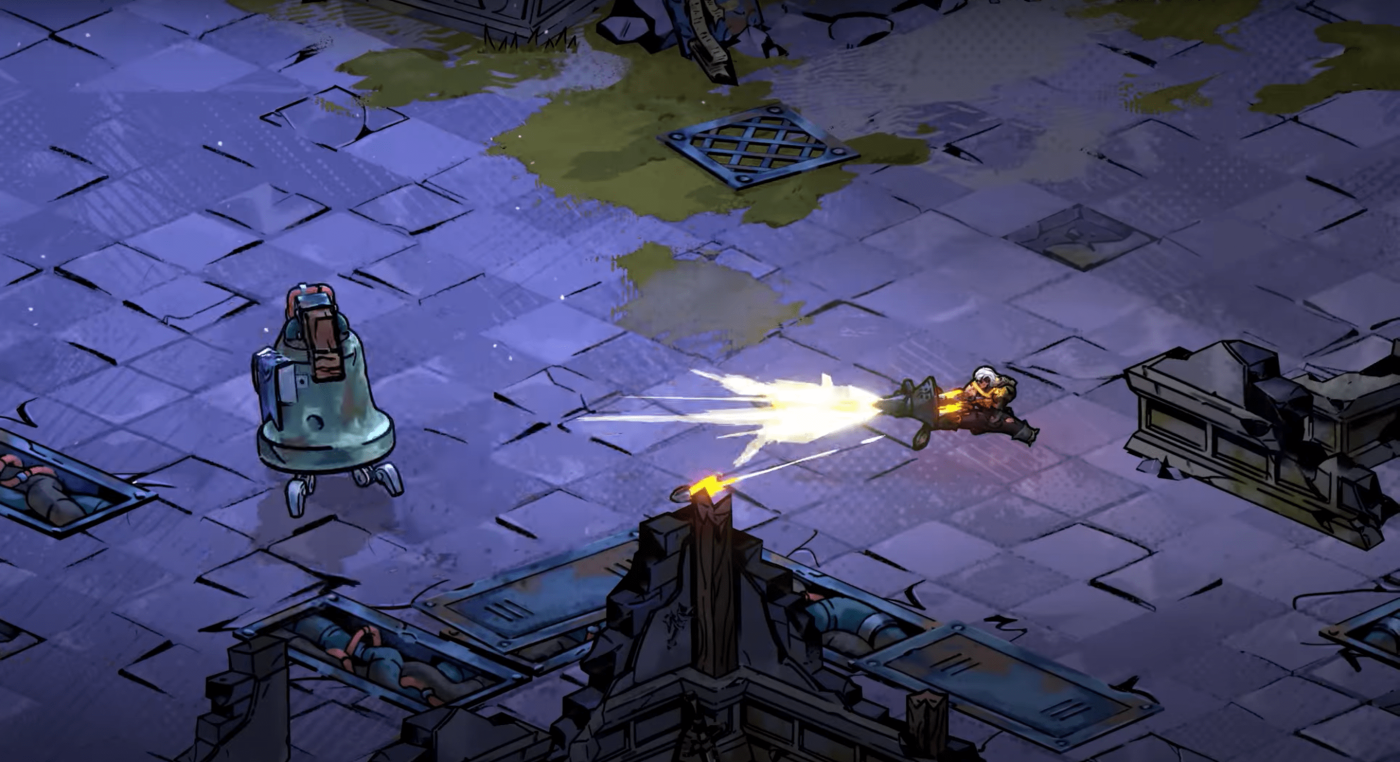
What could the punk subculture and the medieval era possibly have in common? How can two such vastly different cultures, separated by time and space, find common ground without clashing? If you’re struggling to find an answer, don’t worry—you’re certainly not the first, and likely won’t be the last, to ask.
In fact, it’s a perfectly valid question, one that surely crossed the minds of many who witnessed the reveal of Reignbreaker on August 20. For those who missed the announcement, we’re talking about the latest creation from German developers Studio Fizbin, published by Thunderful Games: an isometric medievalpunk action roguelike. As the name suggests, the game sets out with the ambitious goal of fusing the rebellious punk spirit of its creators with a deeply medieval artistic, architectural, and cultural style. The result is a bold and thought-provoking concept designed to deliver a powerful, unmistakable message to players.
Intrigued by the game’s raw, edgy personality and the clear message it aims to convey, we decided to dig deeper and explore its very essence. Curious to learn more? Join us as we explore the lifeblood that drives this captivating project.
Who are the Punk Souls behind Reignbreaker?
“All unique, all with love, all with passion.”
This brief yet impactful description encapsulates the mission of Studio Fizbin, a small collective of developers founded in 2011 by Sebastian Mittag, Alexander Pieper, and Mareike Ottrand in the vibrant heart of Ludwigsburg, a lively city nestled along the left bank of the Neckar River.
The studio was established with an unwavering dedication to crafting story-driven games and apps that showcase exciting, original, and distinctive characters, worlds, and narratives. Acclaimed for their award-winning adventure title The Inner World, as well as their earlier creations Minute of Islands and Say No! More, Studio Fizbin has firmly established itself as a respected name in the indie gaming landscape, recognized not only for their development expertise but also for their contributions to various interactive projects. Among their notable collaborations, they played a pivotal role in bringing to life all the apps for Andreas Hykade’s German animated series Tom and the Slice of Bread with Strawberry Jam and Honey.

Since then, the team has experienced exponential growth, not only in numbers—evolving a small, tight-knit group of gaming enthusiasts into a highly skilled team of over 20 members, including both core staff and collaborators—but, more importantly, in ambition. This decisive leap forward has empowered them to infuse and channel their entire being, their resources, and their energy into advancing the vision that Mittag, Pieper, and Ottrand first breathed to life in 2011.
Currently, Studio Fizbin is fully committed to the development of their latest IP, Reignbreaker, a rebellious medieval action roguelike that embodies an unmistakable punk spirit. The game seeks to merge one of the developers’ deepest passions—the punk subculture in all its raw and diverse expressions—with the rich artistic, historical, and cultural legacy of the medieval era. Their goal is to tap into the era’s beauty while fearlessly delving into its darker, more controversial facets, from the oppressive political, economic, and social systems entrenched in feudalism to the very structures that defined its legal and societal order.
Can a Roguelike be both Medieval and Punk?
What does Studio Fizbin mean when they describe Reignbreaker as a medievalpunk action roguelike? More importantly, what distinctive features define a roguelike that merges both punk and medieval elements?
Before diving into this central topic, let us first reflect on another pertinent question: in 2024, is it still possible to uncover the perfect formula for crafting a unique action roguelike capable of rising above the increasingly crowded gaming landscape and competing with the titans currently dominating the genre? Our answer is an unequivocal yes—though it remains an exceptionally daunting challenge, particularly when aiming to capture the interest and imagination of the majority of players.
The key to success lies in developers focusing on several essential aspects, which, in our view, cannot be overlooked in the overall design: originality in concept, a compelling narrative, gameplay that fuels replayability (including variety and complexity in level design and world-building, along with meticulously crafted procedural generation), and a protagonist with the authority and charisma to carry the weight of the story they are about to embark upon. These are precisely the qualities to which Studio Fizbin has evidently devoted considerable attention.
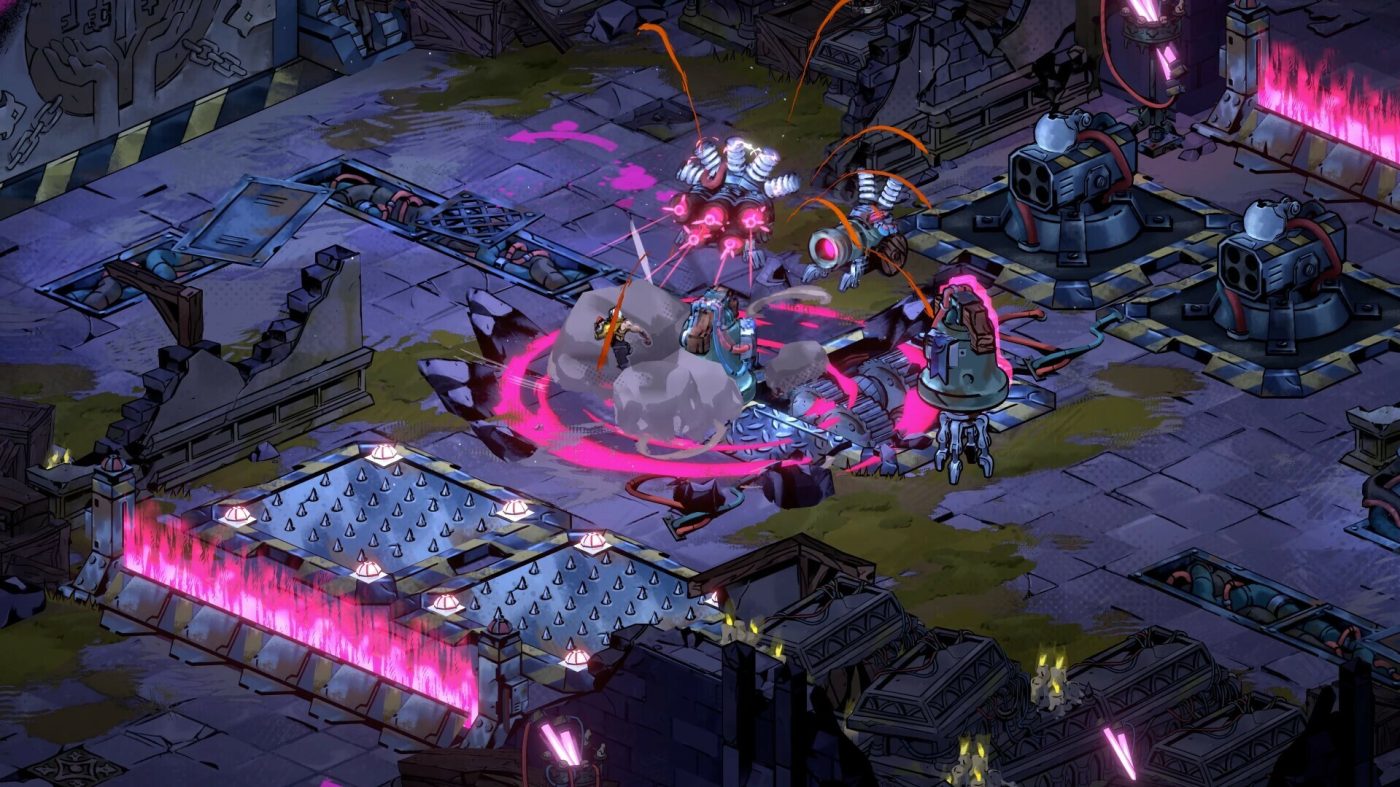
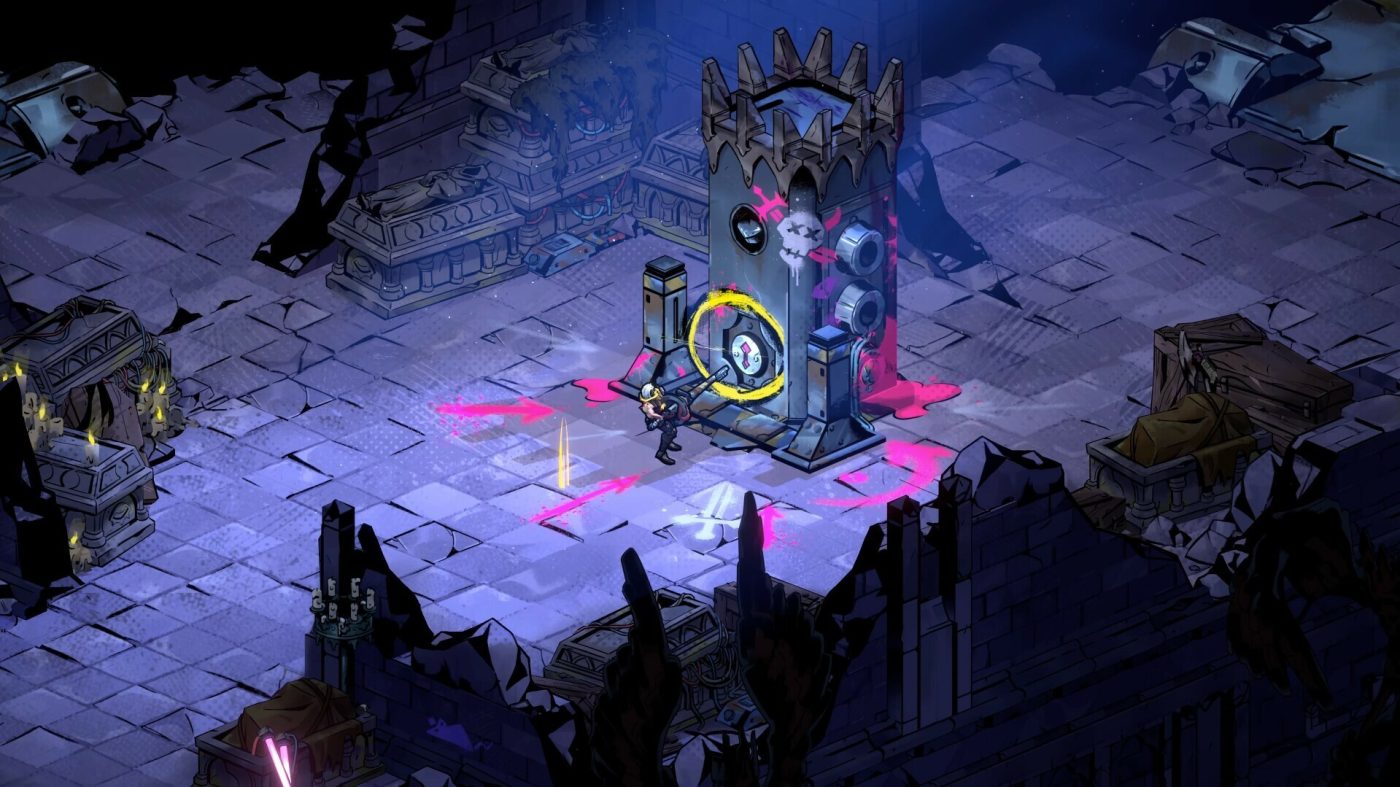
Having highlighted these four key pillars, let’s return to our original question by posing another: where exactly do Reignbreaker’s punk and medieval identities converge? And more importantly, how has Studio Fizbin woven these elements into their vision, bridging the gap between their creation and the giants that dominate the roguelike genre?
As for the punk influence, if the game’s vibrant world—its graffiti-adorned, vibrantly colored medieval architecture—hasn’t already made it unmistakably clear, one need only look at Clef, the audacious and irreverent protagonist, to see it. Her edgy, punk-infused hairstyle, bold makeup, rebellious outfit, and fiercely defiant attitude epitomize the very core of punk culture. Who better than Clef to represent the iconoclastic spirit of a subculture that redefined an era—from the defiant roar of the Sex Pistols to Vivienne Westwood’s trailblazing, boundary-breaking fashion? Clef doesn’t just wear punk—she is punk, exuding its very ethos from every fiber of her being.
Yet, of course, being punk is not merely a matter of aesthetics, nor is it simply about surface-level style—it’s about substance. It’s not just the clothes you wear or the music you listen to—punk is, at its heart, a way of being, in rebellion, in defiance against oppressive systems. In Reignbreaker, this spirit of resistance is vividly reflected in the game’s battle against a suffocating feudal regime—a tyrannical system that subjugates and stifles, with Clef herself caught within its iron grip. For this reason, it will be fascinating to delve beyond Clef’s outward appearance, exploring whether her personality and temperament embody the same fierce charisma and irreverence as her punk exterior—whether she can truly live up to the rebellious punk soul we expect her to be.
It becomes clear, then, that punk—and, as we will soon uncover, the medieval aspect as well—are not merely decorative motifs or background elements. Rather, they are the very driving forces that imbue Reignbreaker with its essence, shaping its identity in its entirety.
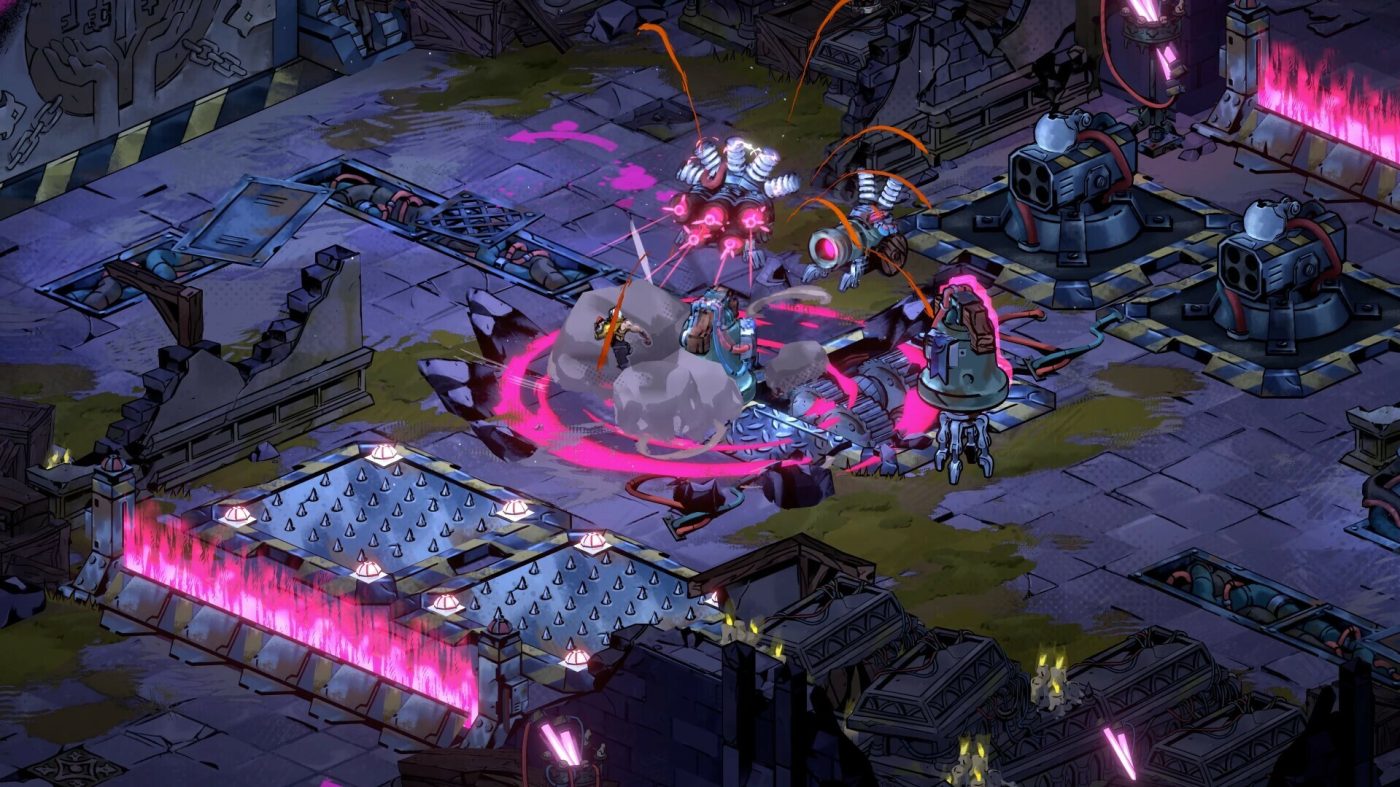
At this point, you might be wondering, “Sure, the punk influence is clear, but where is this so-called medieval aspect that makes Reignbreaker a medievalpunk game? Where exactly can it be found, and how does it ground Reignbreaker in the Middle Ages?”
Take a look around—no, really, look closely at the environments. Now, imagine stripping away—or mentally obscuring—the modern elements, like the punk-inspired visual effects and scattered sci-fi technologies. What remains before you is unmistakably a medieval world. The imposing architectural structures, the intricate decorative details, and the statues towering over Clef as she passes by—all of these evoke a bygone era, one that unmistakably calls to mind the Middle Ages, until the punk aesthetic inevitably reclaims its space.
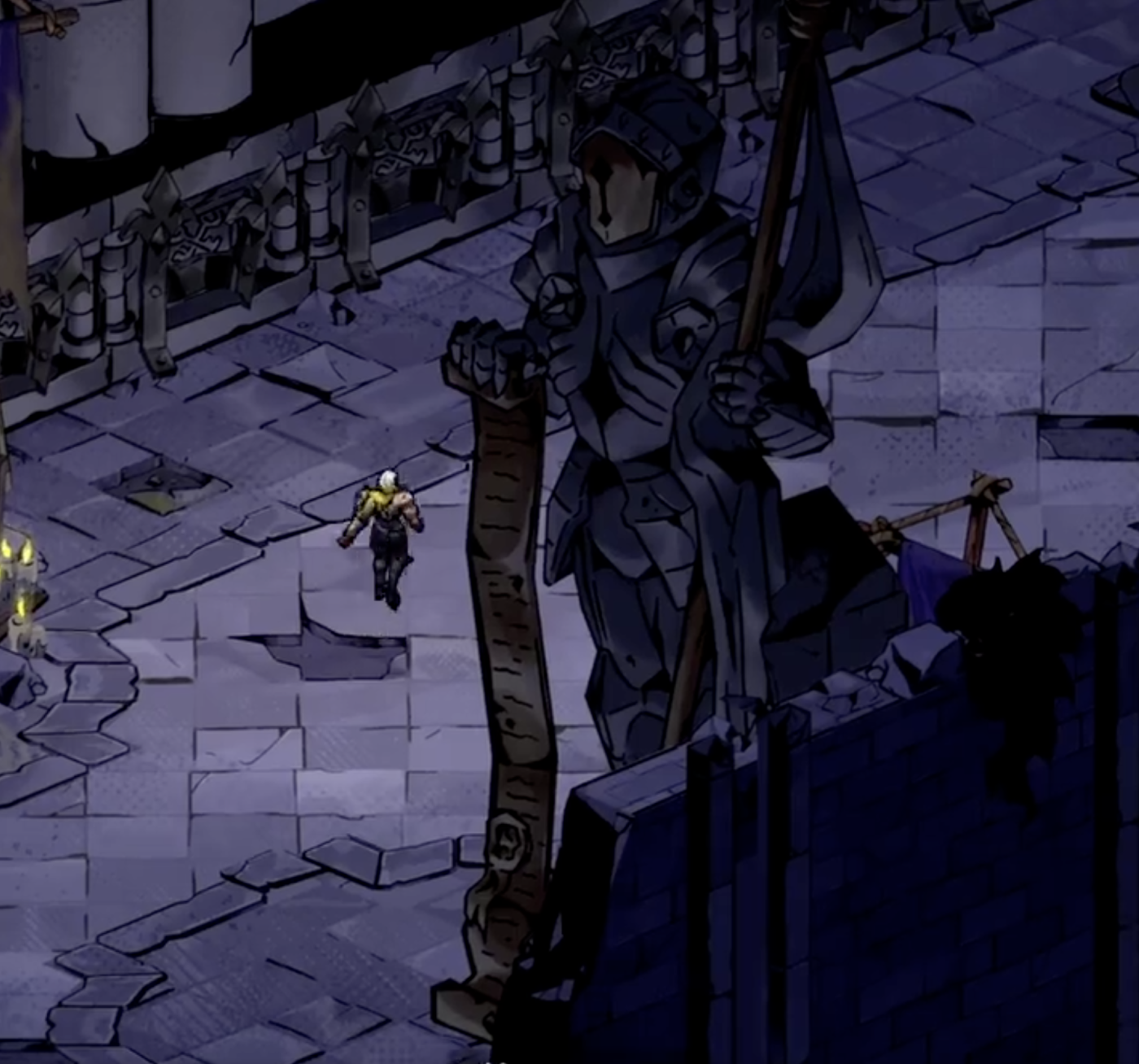
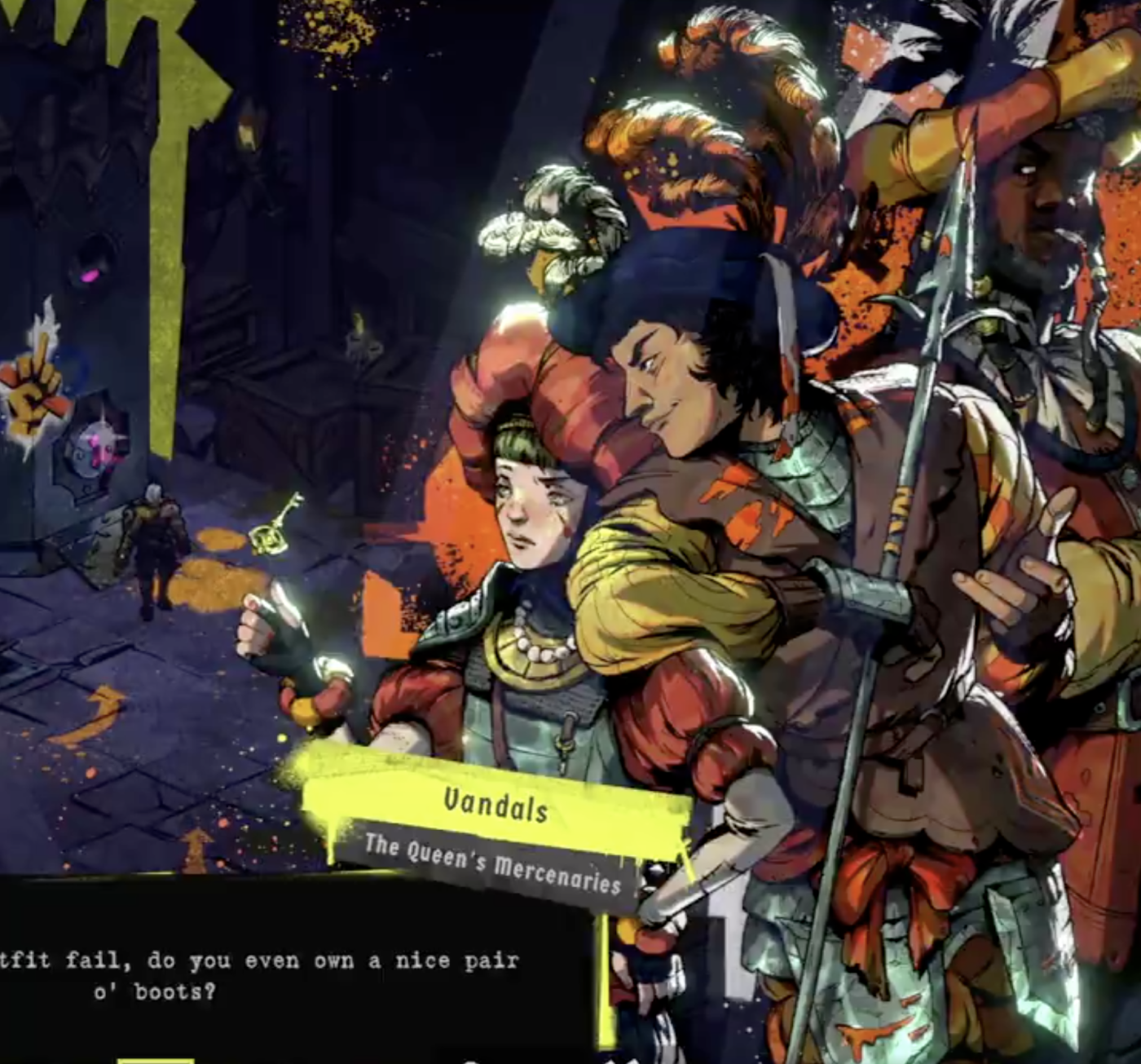
It is here that another deeply medieval element comes into play: the narrative that, alongside the gameplay, drives the entire experience. A symbolic tale of oppression and tyranny, but also of rebellion and the dismantling of a toxic feudal order—a society built upon fear and terror, ruled by an unforgiving queen who seeks to dominate the weaker classes, treating them as little more than puppets. Clef, and we as players, take on the mantle of rebellion’s champion, standing with the oppressed, with those crushed beneath the cruelty of the ruling elite. Our mission? To deface the towering monuments of authority with the graffiti of revolution, to overthrow the queen’s loyal lackeys who prop up her regime, and to raze her kingdom from its very foundations, abolishing her reign of terror once and for all.
But there is more. When delving into the game’s explicit references to medieval art, culture, and tradition, we must not overlook the weapons, armor, and attire that—according to the developers—play a pivotal role in their deeply personal tribute to the Middle Ages. Studio Fizbin reveals that Clef will have access to a broad arsenal of weapons inspired by medieval warfare—one notable example being the iconic jousting lance brandished by the protagonist in the trailer, a staple of Europe’s heavy cavalry during the medieval era.
As for the armor and clothing, depending on the characters you encounter, these won’t merely serve an aesthetic function. The character art accompanying the dialogues clearly illustrates how the attire in Reignbreaker has been meticulously crafted to represent and distinguish the various layers and classes of the hierarchical society enforced by the queen: from opulent garments, often stained with the blood of her ruthless mercenaries, to the refined and exquisite weaponry of the queen’s right-hand men, culminating in the regal attire of the pompous aristocracy and the powerful bourgeoisie, down to the tattered rags worn by the outcasts—the lowest rung of this decrepit social ladder, to which you too belong.
This is without even considering the vast array of traps, cunning devices, and various mechanical defensive contraptions that the medieval era was so rich in—elements that the developers might cleverly incorporate to challenge players and temper Clef’s relentless fury.
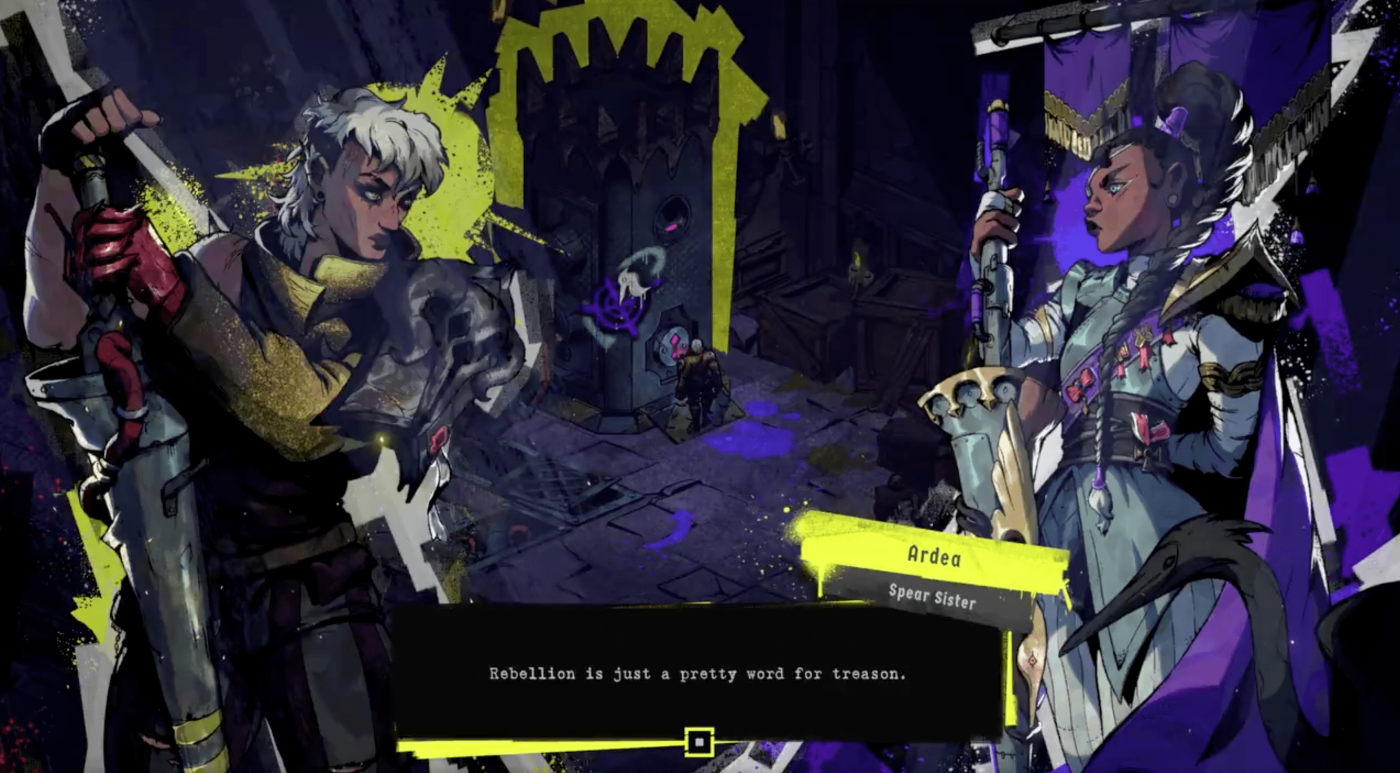
So, to address the central question we raised at the beginning of this section: can Reignbreaker be both a medieval and punk video game? The answer is a resounding yes—on the condition that these two distinct identities do not clash or overpower each other, but instead merge seamlessly and purposefully, driven by a design philosophy that respects and balances both of its key components.
That said, before offering any definitive opinions, we’ll need to experience the game firsthand. Until then, we will refrain from passing further judgments, reserving our insights for a later stage.
The Clear and Edgy Message behind the Concept and Gameplay of Reignbreaker
Courage, ambition, and a hint of risk. If we had to distill the emotions evoked by the design philosophy of this new IP into three key words, these would be the most apt—capturing the very essence of its concept. Simple, yet carefully chosen words, they perfectly convey the deeper message embedded within both the core idea and the intricate structure of Reignbreaker’s gameplay design.
But what exactly are we discussing here? As highlighted in previous sections, striving to match—or even surpass—the standard set by the titans of the action roguelike genre is no small endeavor. And let’s not overlook the challenge of introducing original innovations to stand out—an equally daunting task. Yet, this remains a crucial path for developers aiming to carve out a unique identity for their game in an already crowded and fiercely competitive space.
This was likely the starting point from which the developers began, laying the groundwork for the concept and design philosophy that shaped the game’s current gameplay mechanics: a well-balanced approach to exploration, combat, puzzle-solving, and the protagonist’s progression—simple yet engaging, and, in our view, highly effective—anchored by the duality of lock and key.
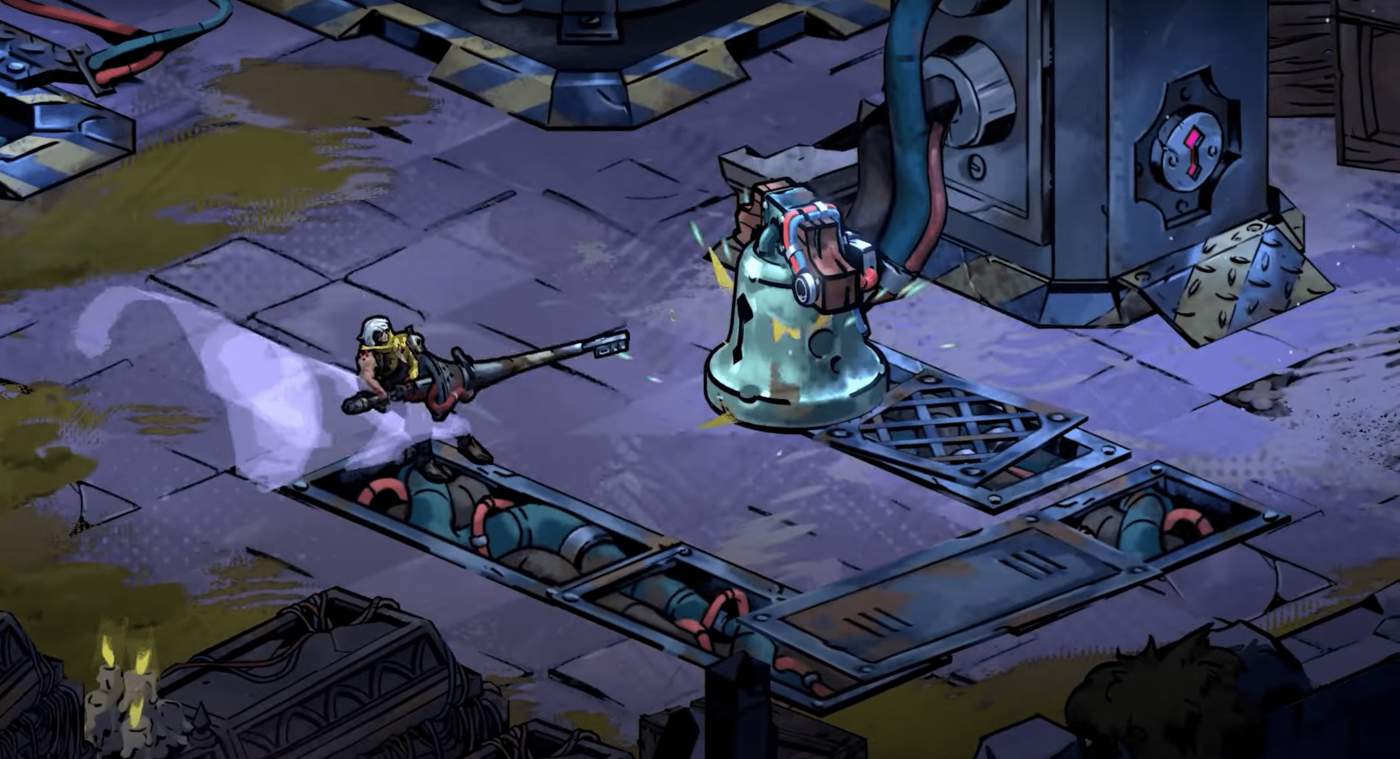
What do we mean by this? As you may have noticed from the trailer and the promotional materials released by the developers, various elements within the game’s environments—and even the enemies themselves—are equipped with locks that perfectly mirror the key-like design of the protagonist’s weapon. Coincidence? Absolutely not. This design choice is steeped in meaning, carrying a deeper, more intricate message from the developers: to shatter the chains of oppression, dismantling, piece by piece, the rigid hierarchical system that curtails freedom and empowering the people in the process. How? By shattering the locks that stand as symbols of tyranny, using the most fitting tool for the task: a key.
This is the symbolic heart of the game’s concept, yet in practice, it translates into something far more complex than words alone can express. It envisions a noble future, one free from exploitation and repression—though a future only attainable through force, as the protagonist battles relentless armies of machines determined to quash any form of rebellion, no matter the cost.
However, don’t be misled—this is not simply a matter of metaphor. The world Clef inhabits is literally filled with locks and mechanisms that must be broken. It is no coincidence that the lock is a recurring—indeed omnipresent—element in Studio Fizbin’s creation. It serves as the lifeblood of everything the Queen has built: her machines, powered by locks embedded at their core, from which their strength derives, simultaneously revealing their vulnerabilities. These locks are also what drive the energy sources that keep the kingdom alive. Yet, symbolically, they represent something far darker: they are the very embodiment of absolute evil, the means by which the Queen solidifies her power, amplifies class divisions, and fuels her insatiable thirst for control. They are what Clef is destined to violate, to shatter, and to sever in order to unlock the system—an inevitable path toward securing a brighter future for her people. Ironically, Clef holds precisely what is needed to breach, break, and unlock this tightly sealed system: the key that, piece by piece, will allow her to sever every lock and forge a new future for her people.
But what weapon is worthy of such a task? The developers have named it the “javelin”—a singular, arcane weapon with a key-shaped tip, resembling an enormous lance forged like a lockpick. Clef must wield this powerful tool to pierce through enemy ranks, using it to disable their locks and strip them of autonomy, unlocking the kingdom one room at a time, with the ultimate goal of reaching the Queen’s chambers and ending her reign of terror.
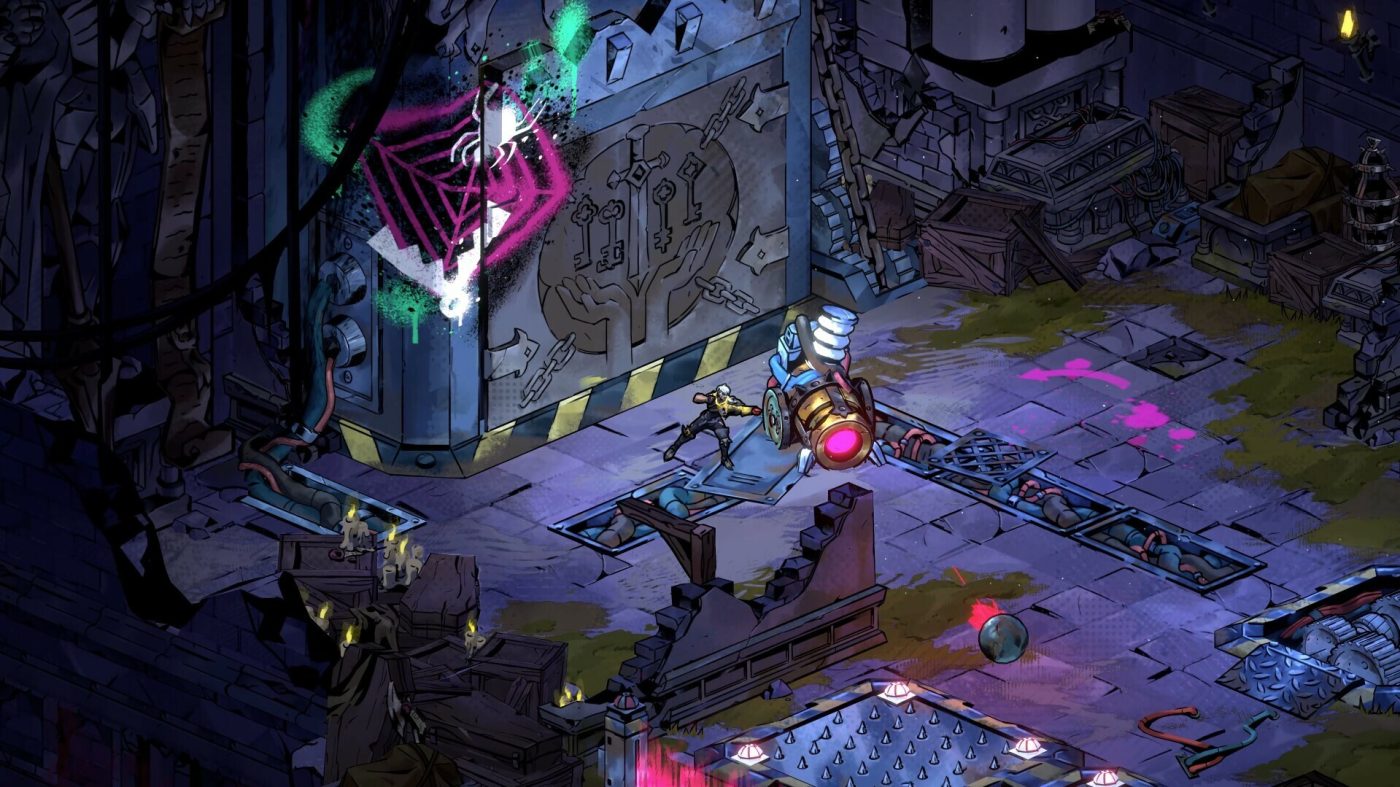
The Key to the Kingdom’s Fate is in Your Hands
Will Reignbreaker succeed in actualizing the potential it has hinted at? Can it carve out a distinctive niche within the roguelike genre, and, more importantly, will Studio Fizbin masterfully craft gameplay that lives up to its ambitious vision? While we currently find ourselves without definitive answers to these questions, what Studio Fizbin has unveiled thus far certainly ignites optimism and offers a captivating glimpse into the project’s future.
Unfortunately, Reignbreaker does not yet have a release date. The game is planned for release soon on PC, with developers hinting at the potential for a console version in the future. However, it remains uncertain whether the console release will coincide with the PC launch or follow at a later time.
As we look forward to more announcements and updates, we invite you to follow us, visit the game’s X account, and add it to your Steam wishlist to stay informed about all the exciting developments on the horizon.
For now, that’s all we have. Until next time!



